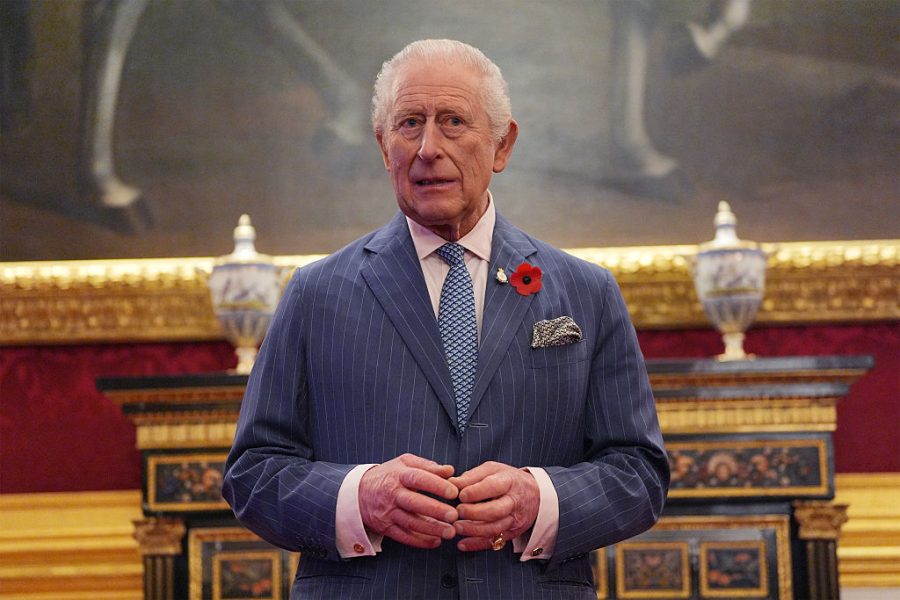Oh, the suspense. It seems that we will have to wait until next week to discover the details of the £20 billion ‘black hole’ which chancellor Rachel Reeves has supposedly discovered in the public finances. Don’t get too excited, though. The revelation will be no greater a surprise than the ending of James Cameron’s blockbuster film Titanic (spoiler alert: a large ship hits an iceberg and sinks). As Paul Johnson of the Institute for Fiscal Studies pointed out before the election and has done so again: the state of the UK government’s finances are not exactly a secret – they are already open to anyone who cares to examine them. You do not need a Treasury pass to access them.
The conceit that the government has uncovered a black hole since taking office is nothing more than a wheeze to justify planned tax rises
The conceit that the government has uncovered a black hole since taking office is nothing more than a wheeze to justify planned tax rises which Labour did not want to share with us in its manifesto. It is a carefully-prepared display. Shadow minister without portfolio Nick Thomas-Symonds started putting about the possibility that the public finances might be in a worse state than thought during the last days of the election campaign. Rachel Reeves repeated the allegation on her first day in her new office, and then Keir Starmer repeated the claim at PMQs this week – the story has gradually made its way up Labour’s food chain, in other words. It is not very original, either. George Osborne used the same wheeze when he became chancellor, telling MPs in June 2010 that the public finances were in a worse state than the incoming government had believed – to protests from the then ex-chancellor Alistair Darling.
That does not mean there won’t genuinely be a black hole in the public finances soon, however – it is just that it will be a black hole of the government’s own making.
Last Sunday, Reeves hinted that she could be minded to grant 5.5 per cent pay rises to public sector workers, as recommended by pay review bodies. However, there was no provision for above-inflation pay rises in Labour’s ‘fully-costed’ manifesto. What would they cost? There were 468,693 full time equivalent teachers working in England in 2023, with median earnings of £43,801. A 5.5 per cent pay rise would – given that the Consumer Prices Index currently stands at 2 per cent – amount to a real-terms rise of 3.5 per cent. Therefore, the real-terms cost of an across-the-board pay rise would come to £718 million.
As for nurses, there are 363,226 of them in England earning median pay of £36,158. A 5.5 per cent pay rise for them would come with a real-terms cost of £459 million. Then there are 138,604 doctors on mean earnings of £77,147. A real-terms pay rise of 3.5 per cent for them would add another £372 million to public spending. Junior doctors, though, are demanding 35 per cent and Labour has said it wants to settle their dispute, so that cost of a pay settlement there is likely to be a lot greater.
We are up to a black hole of over £1.5 billion before we even get around to considering pay rises for civil servants, teaching assistants, police officers and all the rest. This would be entirely of Labour’s making. The government’s efforts to blame the need for tax rises on the Conservatives may well fall flat.








Comments